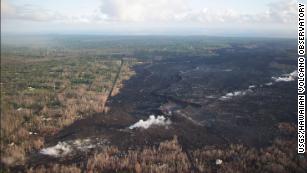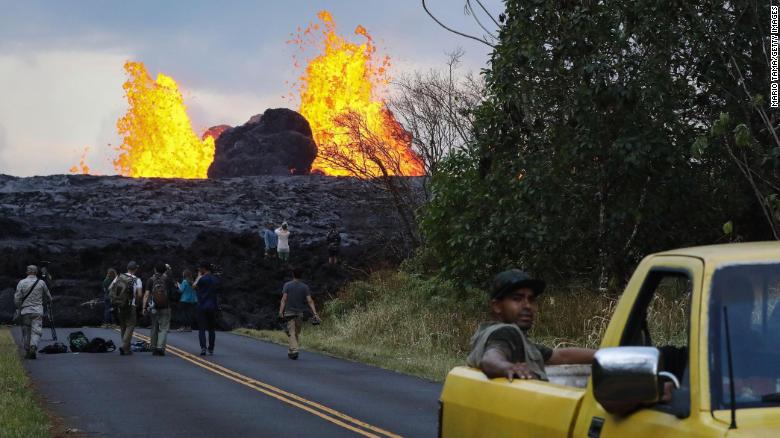(CNN)When Hawaii's Kilauea volcano spewed lava this spring and summer, destroying hundreds of homes and sending thousands fleeing, it was just a more dramatic episode of a long-running series: It's been erupting nearly continuously for 35 years.
But that streak -- the longest current run in the United States -- may be at an end.
Kilauea has produced no lava on the surface of Hawaii's Big Island for three months -- neither at its summit, nor at its other vents, the lead scientist at US Geological Survey's Hawaiian Volcano Observatory said Tuesday.
When volcanoes stop erupting magma for that long, the next eruption generally will happen in a different spot, marking a new eruptive event, said Tina Neal, the observatory's scientist in charge.
"The long-running eruptive activity that began in 1983 appears to have ended," Neal said in a phone interview.
"We're taking this 90-day mark as a sign that it's very unlikely at this point" that the same eruptions will resume, she said.
But don't sleep on Kilauea's potential -- it's still active. Magma still is moving underground and the volcano is emitting gas. It will erupt again; it's just a matter of where and when, scientists say.
"We're in a pause of some sort. We just don't know whether the pause is going to end with what we had before, or whether it's going be something different," USGS research geologist Don Swanson said.
The 35-year streak
Kilauea's eruptive history spans tens of thousands of years, and the volcano has long inspired fascination and anxiety, as a tourist-drawing pillar of Hawaii Volcanoes National Park and as a force that uprooted lives.
Kilauea's most recent eruption streak started in January 1983, when lava broke out of fissures east of the summit; the lava fountains would eventually form a cone now called Puu Oo.
Between then and 2016, lava flows covered about 144 square kilometers, added more than 440 acres in the Big Island's southeast, and destroyed 215 buildings, the USGS says.
Those eruptions came in more than 60 episodes, never with a three-month pause.
Kilauea's summit itself began a nearly continuous eruption in 2008, eventually creating a lava lake that could sometimes be seen from public viewing areas.
Then came May's eruption from fissures east of Puu Oo, destroying parts of the Leilani Estates community. By July, lava had covered more than 12 square miles and obliterated more than 700 homes.
But eruptions have stopped at all three sites. According to Neal:
• The Puu Oo vent hasn't erupted since April.
• The summit's lava lake drained away in early May.
• The fissures that erupted in May have been quiet since early September.




No comments:
Post a Comment